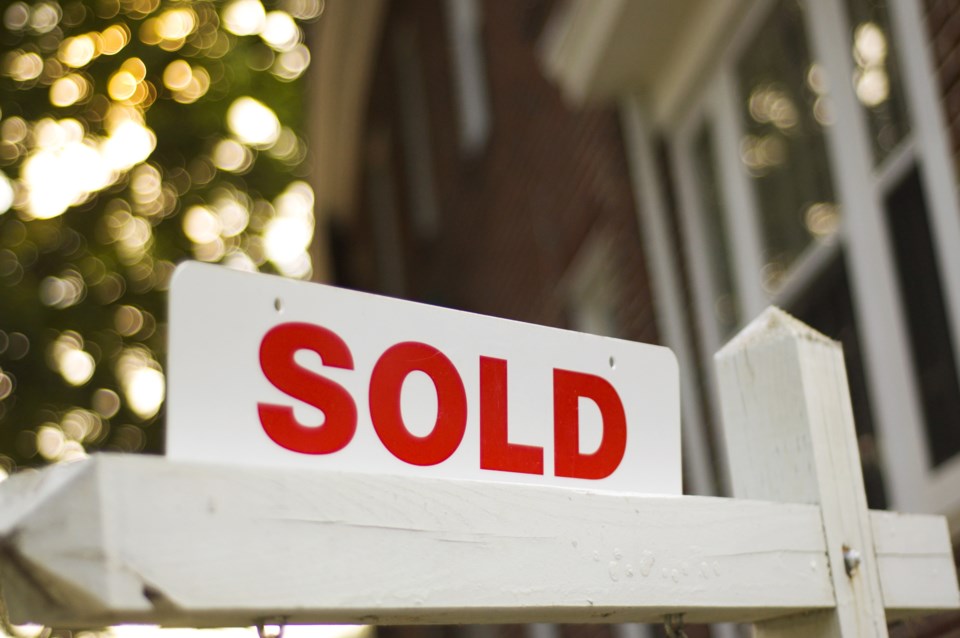Housing has been an issue in Guelph for a long time, and it’s one of those issues that is constantly there and is largely unseen as we go about our daily activities. At the same time, the various aspects of the issue are so intertwined that you have no idea where to begin.
So let’s begin with council, where this past week there was a workshop to get council’s feedback on where and how to grow intensity in the city, and next week where they will hear a report on supportive and affordable housing that shows there’s about $3.5 million in asks for municipal assistance out there for these kinds of projects.
A couple of weeks ago, their was a discussion in the media ecosphere about the pressures on neighbourhoods in the south end, and how intensification is creating concerns about traffic and parking; more of the former, less of the latter.
The other story on housing had nothing to do with council, but the City of Guelph as a corporation is interested in helping to spread a good news story, and has done it’s part by sharing it.
The story in question was an article in the Financial Post that said that Guelph was one of the five fastest growing markets in Canada with a 14 per cent increase in home sales this year alone. Realtors Beth and Ryan Waller recently said in their GuelphToday.com column that they’ve seen a 100 per cent increase in the number of homes in the Kortright Road area sold for $750,000 or more.
In case you’ve forgotten, this has been a year with both a pandemic and an economic depression, so huh?
The argument from writers and economists is that the number of people now working from home have made people confront what exactly they need from a home besides having a place for their bed and TV. For instance, and this may be a particular example for Guelph, commuting times aren’t a factor when your commute is walking downstairs and down the hall from your bedroom to your home office?
While there’s truth in this explanation for the current increase in housing process, it’s only part of the story, and like in all stories in real estate, it’s focused on the people who are able to afford to play in the market-driven system.
This is where we bring in Places to Grow, a provincial plan that says Guelph has to be a city of 203,000 people minimum by 2051. We’ve been told that we have to grow, but it doesn’t tell us how we have to grow aside from a couple of basic instructions like we have to grow within our present borders.
Implicit in the how is also the who. Places to Grow obviously doesn’t tell municipalities what kind of people they need bring in because that would be discriminatory. Let’s be honest though, the increased price in housing subtlety sends a message that there’s exactly one type of person who is able to move to Guelph: the wealthy.
According to Ryan Waller, 50 per cent of the people buying in Guelph are from the Greater Toronto Area. Some of those people are looking to upsize as they can get more bang for their buck in Guelph versus a few miles down the road in Brampton or Mississauga. Others though are looking to buy their first home, but are immediately priced out of the GTA markets.
Meanwhile, how many people here in Guelph who may have been invested in the community for years, or have even lived here their whole lives, just can’t get a leg up because they’re in a price war with people that can up the ante tens of thousands of dollars without breaking a sweat?
Of course, the reason there’s a price war in the first place is because there aren’t a lot of places to move to in Guelph. Our vacancy rate continues to hover around zero, and that’s despite the fact that new housing construction is virtually nonstop.
If you think Guelph is filling up fast, you’re right, and this has been a trend for years. No matter how many more houses we build, it’s just never enough.
It’s the perfect storm, and as usual some of us are better equipped to weather a storm than others. Having said that, there’s a storm wall that’s going to break us all if we’re not careful.
First, and we see this coming at Monday’s meeting, there’s more pressure on the local government to create housing more people can afford. So long as there’s no interest, or business justification, to create affordable housing, private business isn’t going to build it.
And second, there’s the reticence of people in Guelph to change our character if it means making sure everyone has a place to live. Adding 60,000 people to the city’s population means that Guelph is going to look like a very different place by 2051 and getting there is going to mean a lot of compromise.
It’s also going to mean a lot of patience too, because these are not issues with easy answers even if this wasn’t a mess of interconnected issues.
